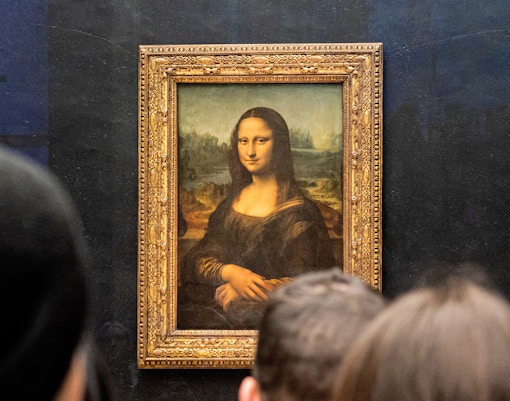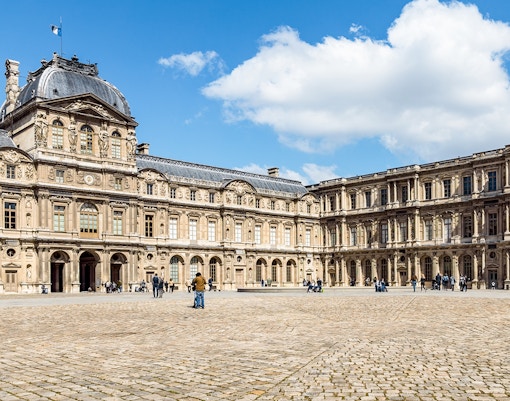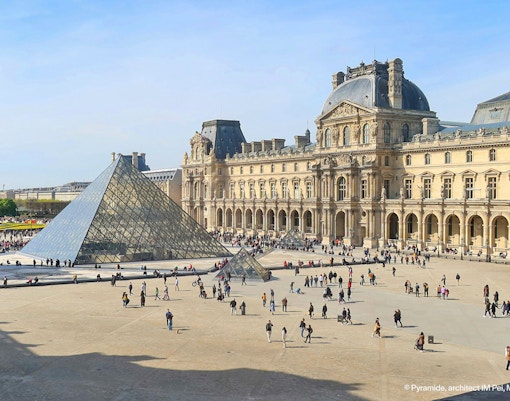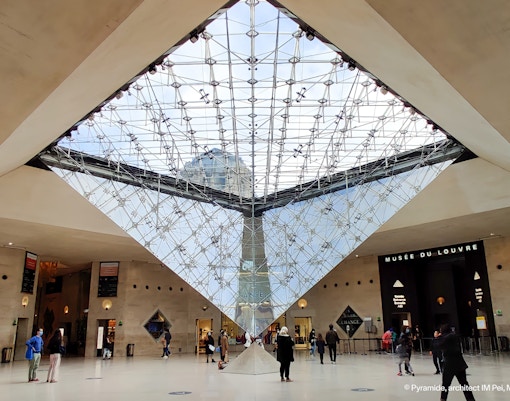Louvre Museum today
The Louvre Museum holds immense cultural significance as a symbol of art, history, and national identity. As the world's largest art museum, it houses an unparalleled collection that spans over 9,000 years of human creativity, offering visitors access to the most iconic artworks from different cultures and civilizations. The museum's significance extends beyond its vast collection; it represents a culmination of Western and Eastern art, philosophy, and culture, making it a key institution for understanding the evolution of global art history. It’s home to some of the most revered masterpieces, such as The Mona Lisa, The Venus de Milo, and Liberty Leading the People, each embodying milestones in artistic development and cultural movements.
The Louvre's rich history also adds to its cultural importance. Originally built as a fortress in the 12th century, it evolved into a royal palace before becoming a public museum during the French Revolution in 1793. Its architecture, including the iconic glass pyramid designed by I. M. Pei, blends the ancient and modern, making the Louvre a testament to France's enduring commitment to preserving and celebrating its cultural heritage.
A must-see attraction, the Louvre offers not only a journey through art but also a deep immersion into history, offering visitors the chance to experience some of the most significant works of human expression across centuries. The museum is an essential part of any cultural or historical exploration of Paris, appealing to art lovers, history enthusiasts, and curious travellers alike.












